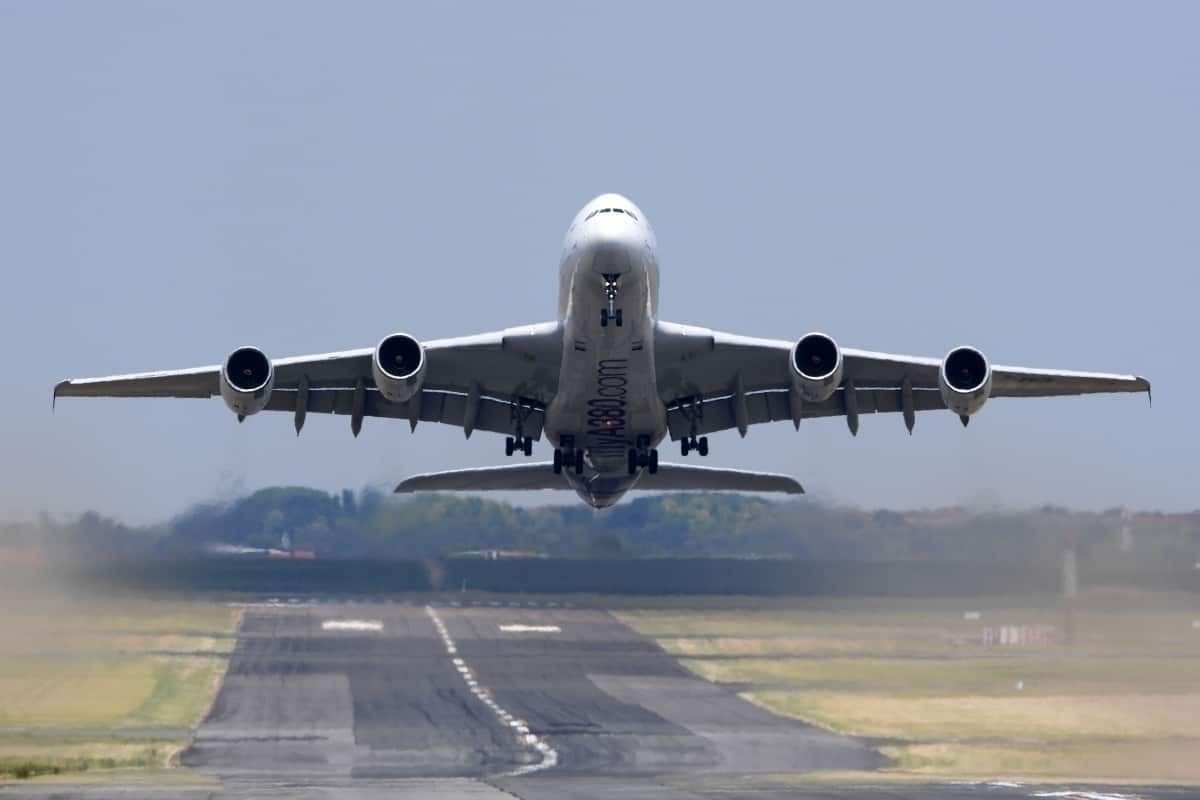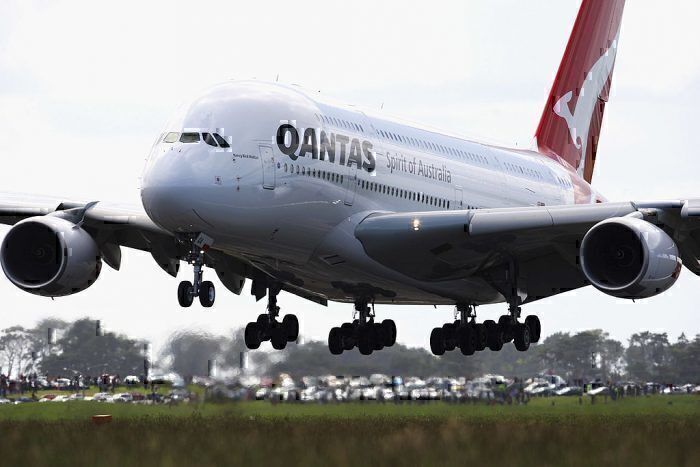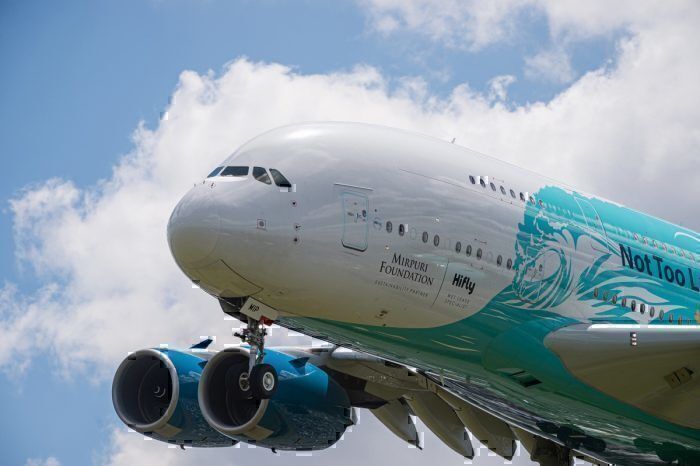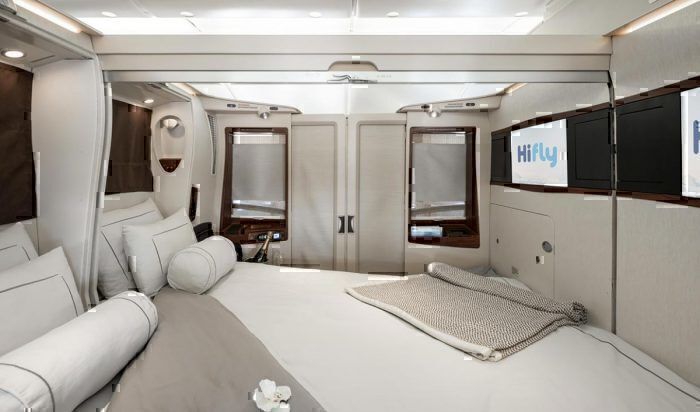Is there a second-hand market for the Airbus A380 once it has completed its time with an airline? With 251 of the type to be built before the program winds up, will the world find a use for this majestic aircraft after their owners have switched to more cost-effective solutions?
What are the details?
An A380 is expensive. With a cost of around $444 million dollars (yes, almost half a billion) you can't really expect them to be thrown away like a single-use coffee cup. Yet, that seems to be the fate facing all of these aircraft as the clock counts down to the retirement of the bulk of the world's fleet.
If you want to know more details of when each airline will retire its A380 fleet, you can check out this article here.
Airbus is finally winding down the production of the 'super-jumbo' with only 9 A380s left to be built.
Despite being a fuel hog and hard to fill with passengers, an A380 is actually incredibly profitable if put on the right route. In fact, the Qantas A380 flying to Dallas pays for itself 1.5x over every year (Qantas has made plans to put a second A380 on the route).
So what are the plans for when these aircraft are retired?
Option one: Sell to another airline
The first option, as with many other types of aircraft, is to sell on the airframe to another airline.
Of all available options, this one actually makes the most sense. It has already happened once before with Hi Fly. Hi Fly, a Portuguese airline, bought an old Singapore A380 with the intention to use it as a wet-lease aircraft. This is an aircraft that other airlines can hire on the spot which comes with fuel, crew, and pilots ready to transport passengers.
Whilst the wet-lease model is not special, the fact that they are the only airline in the world to have an A380 on hand gives them a unique product offering. The A380, in particular, has already been used multiple times this year.
Hi Fly is believed to be looking for more A380s and can't wait to pick up another model or two.
Option two: Replacement aircraft for A380s
Surprisingly, the A380 is also the perfect aircraft to replace... the A380.
Let's put this in context. British Airways has said that, instead of retiring their fleet of A380 aircraft and replacing them with others, they will simply buy more (and newer) A380 aircraft from other airlines. The critical advantage here is the cost, as these aircraft will be the same plane (and thus don't have to change any of their processes or staff training) but for a fraction of what they spent buying a brand new one.
They might even get upgrades like the Emirates A380 shower or Etihad A380 'apartment' for free, just as Hi Fly got on the onboard Singapore A380 first class suites. What a great deal!
Option three: Return to the lessor
Many A380s are owned by aircraft leasing companies who will be taking back their aircraft. They can then be deployed throughout their network, for charter flights or even turned into private planes.
An Air France A380 has recently been taken back and repainted white. We hope that it is preparation for another airline, but we have to keep in mind that the cost of refurbishing an entire A380 is very high (especially when you see how old fashioned the A380 for Air France is) and it is very unlikely many client airlines would want to make the investment.
What do you think? Where will the retired A380s go? Let us know in the comments.




